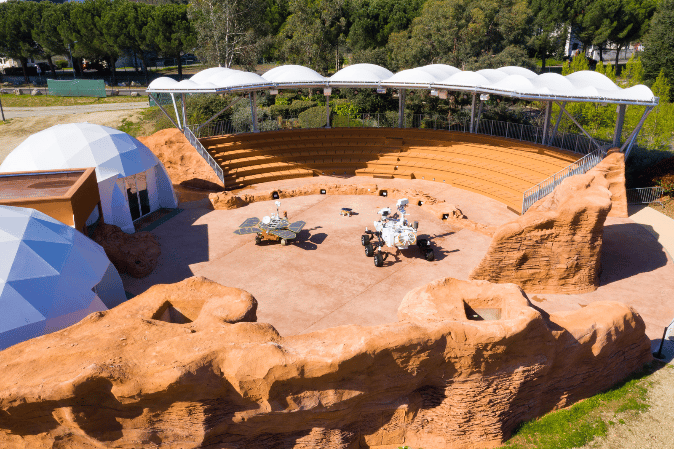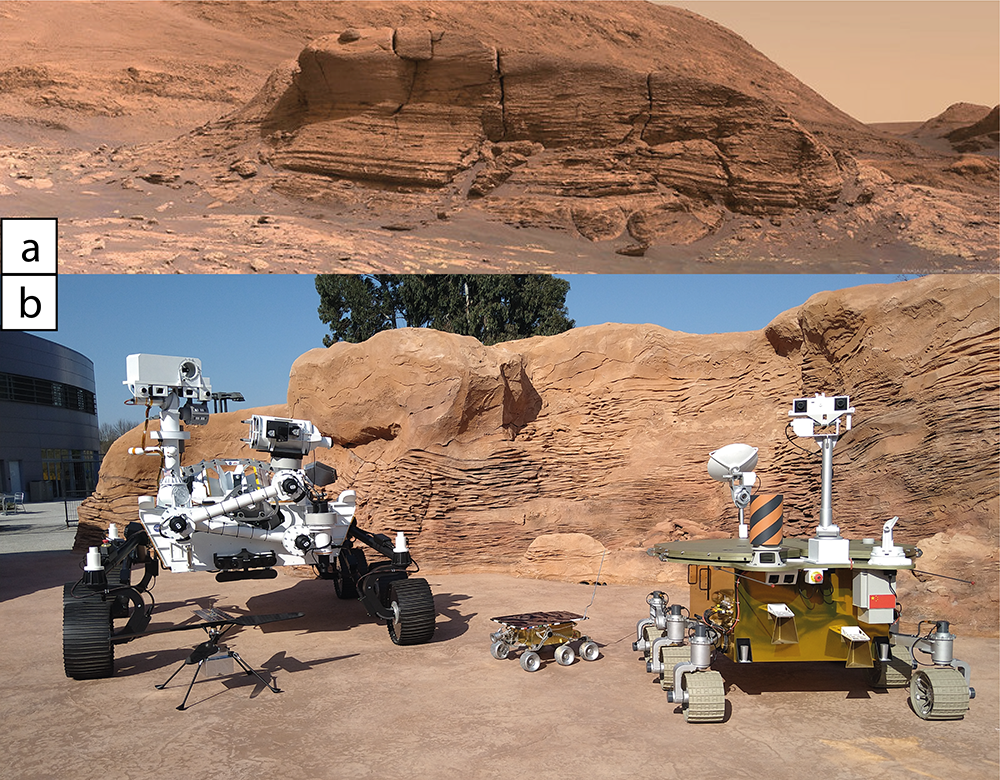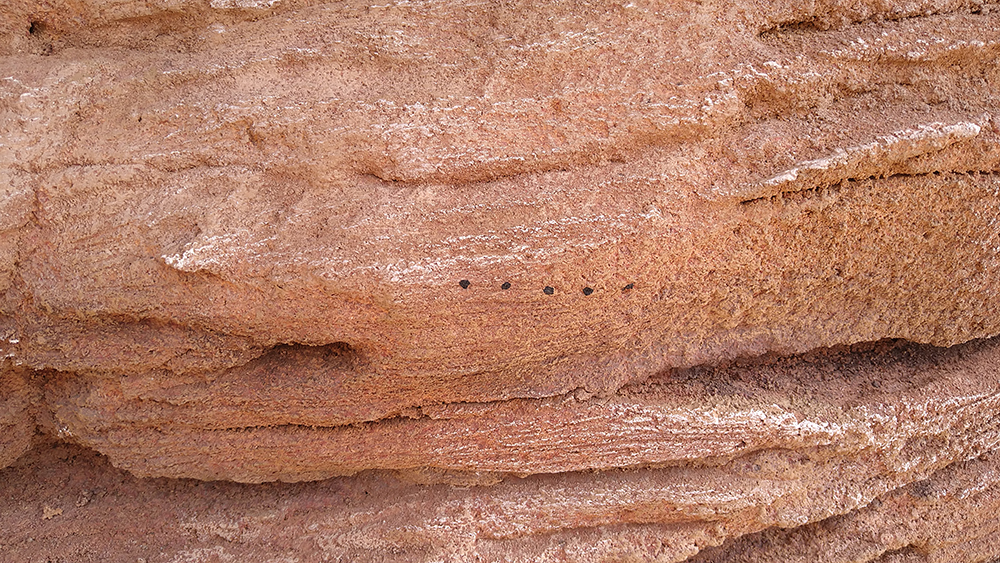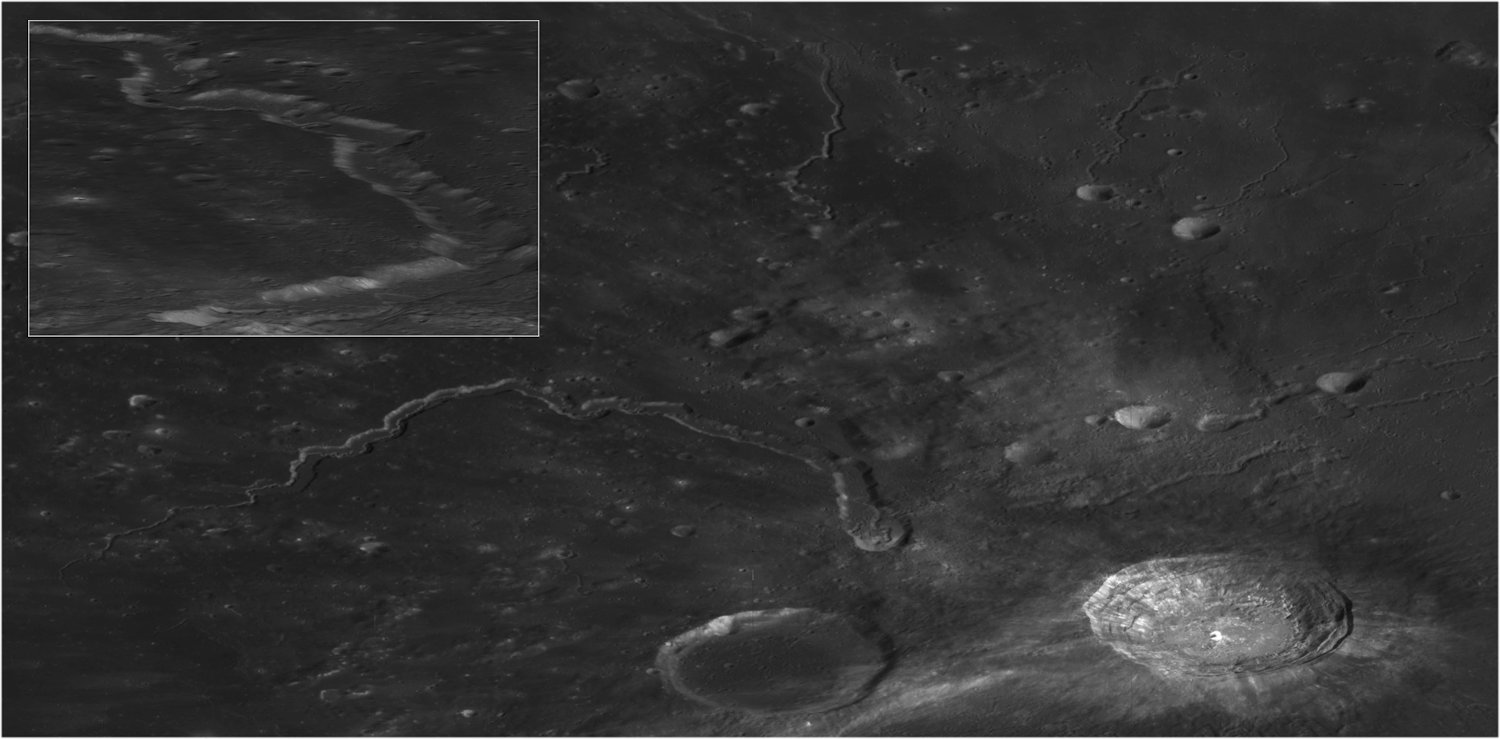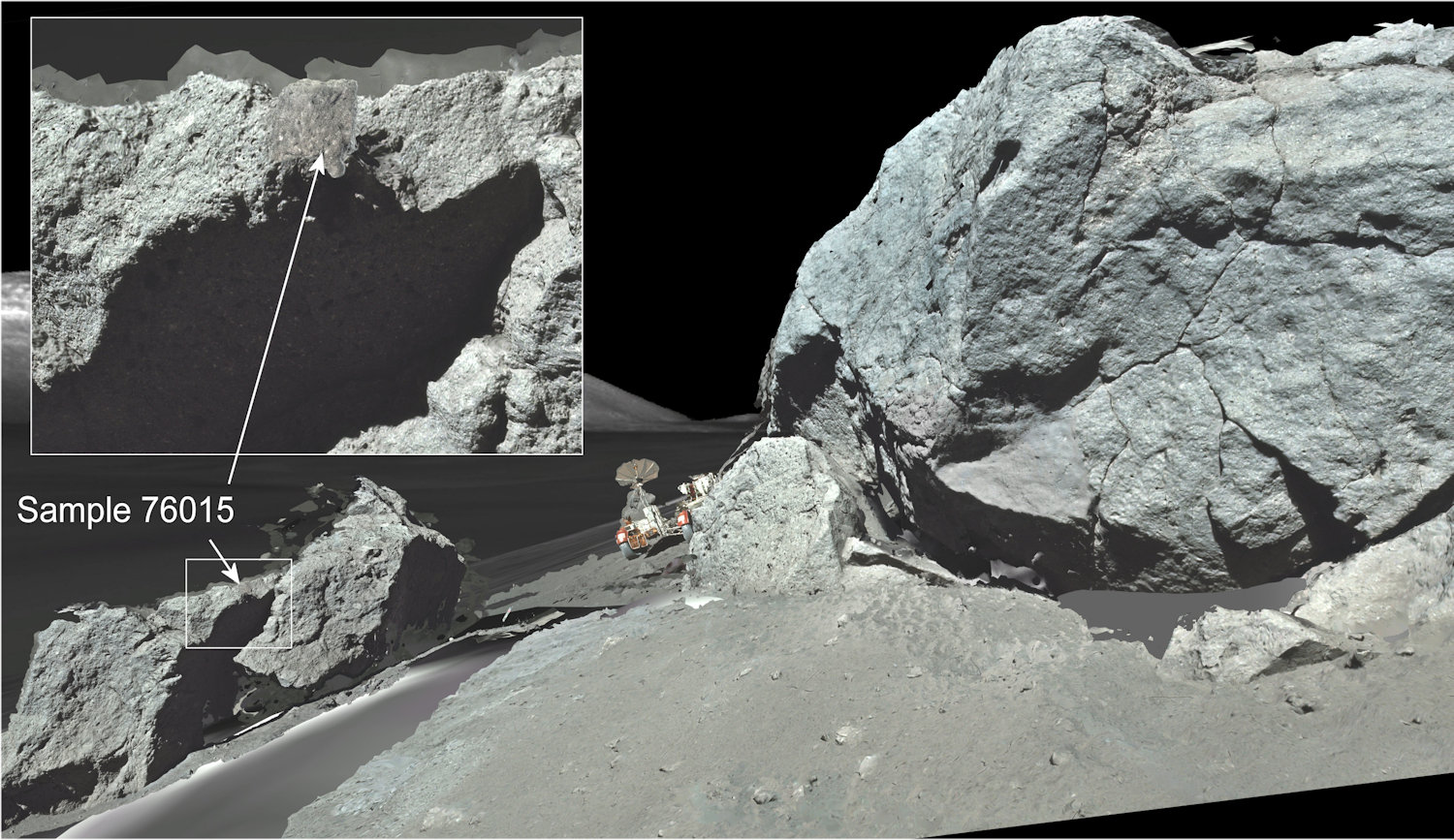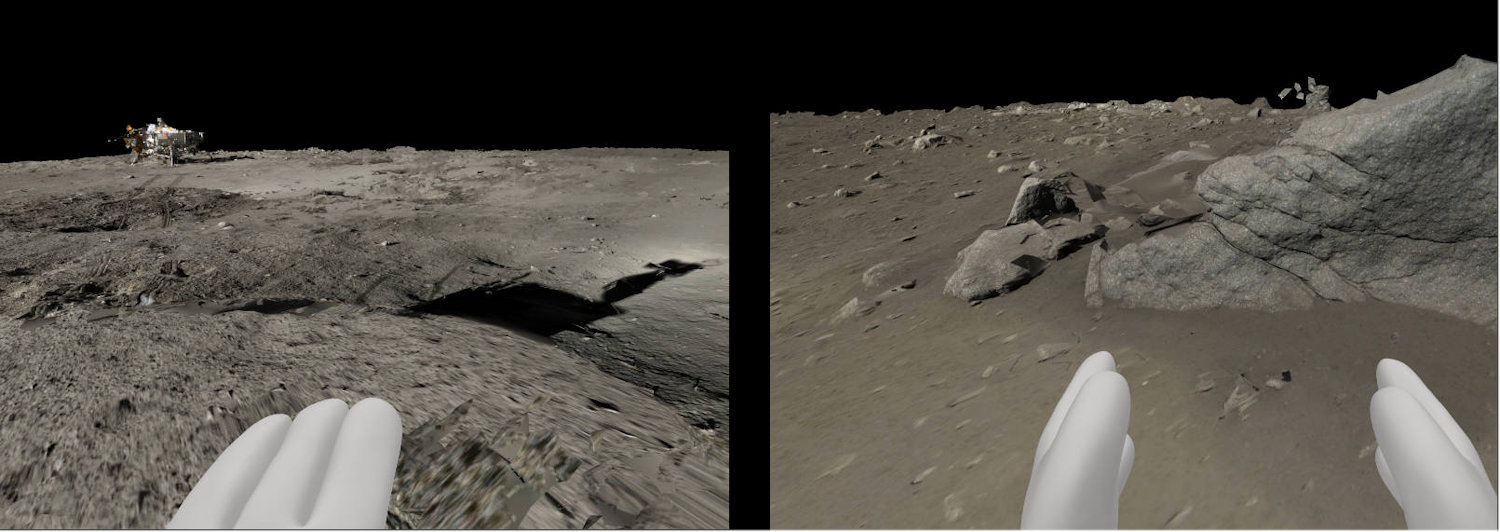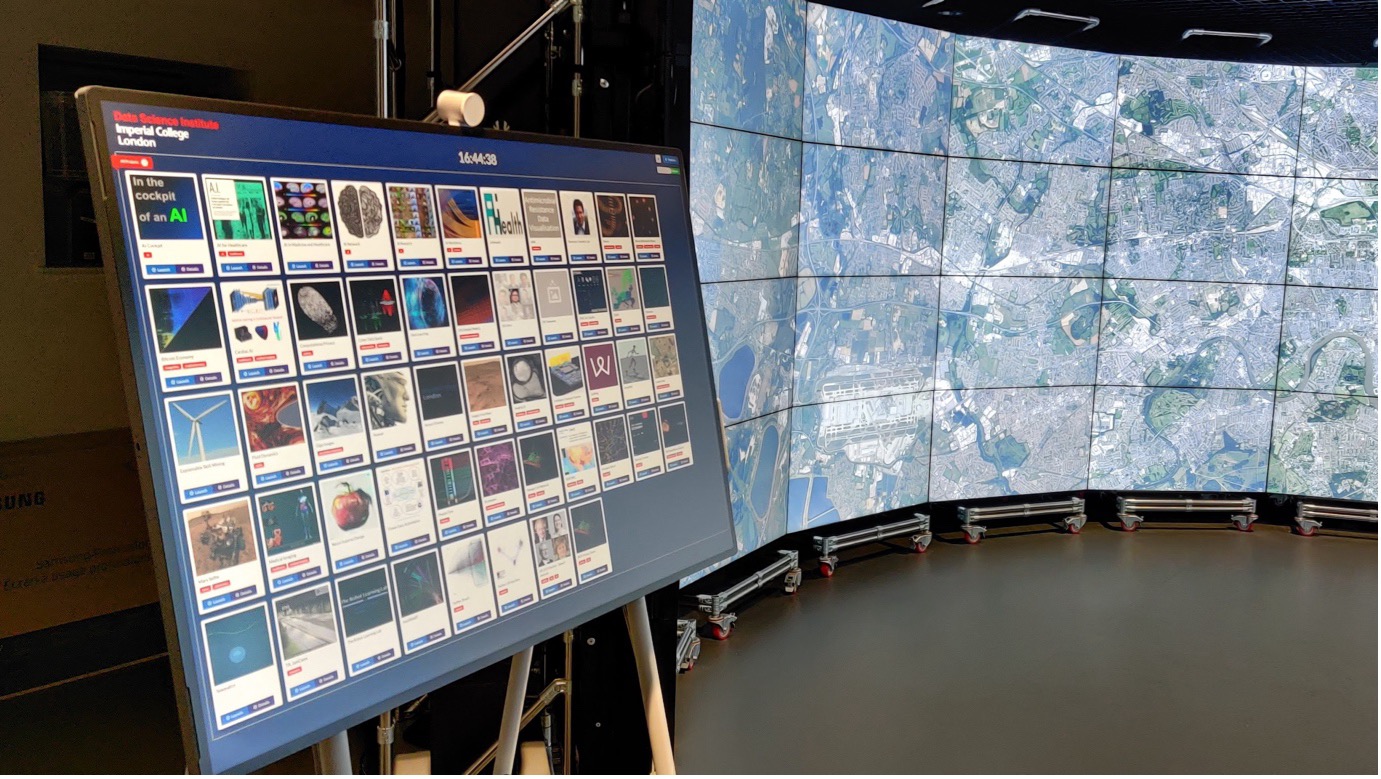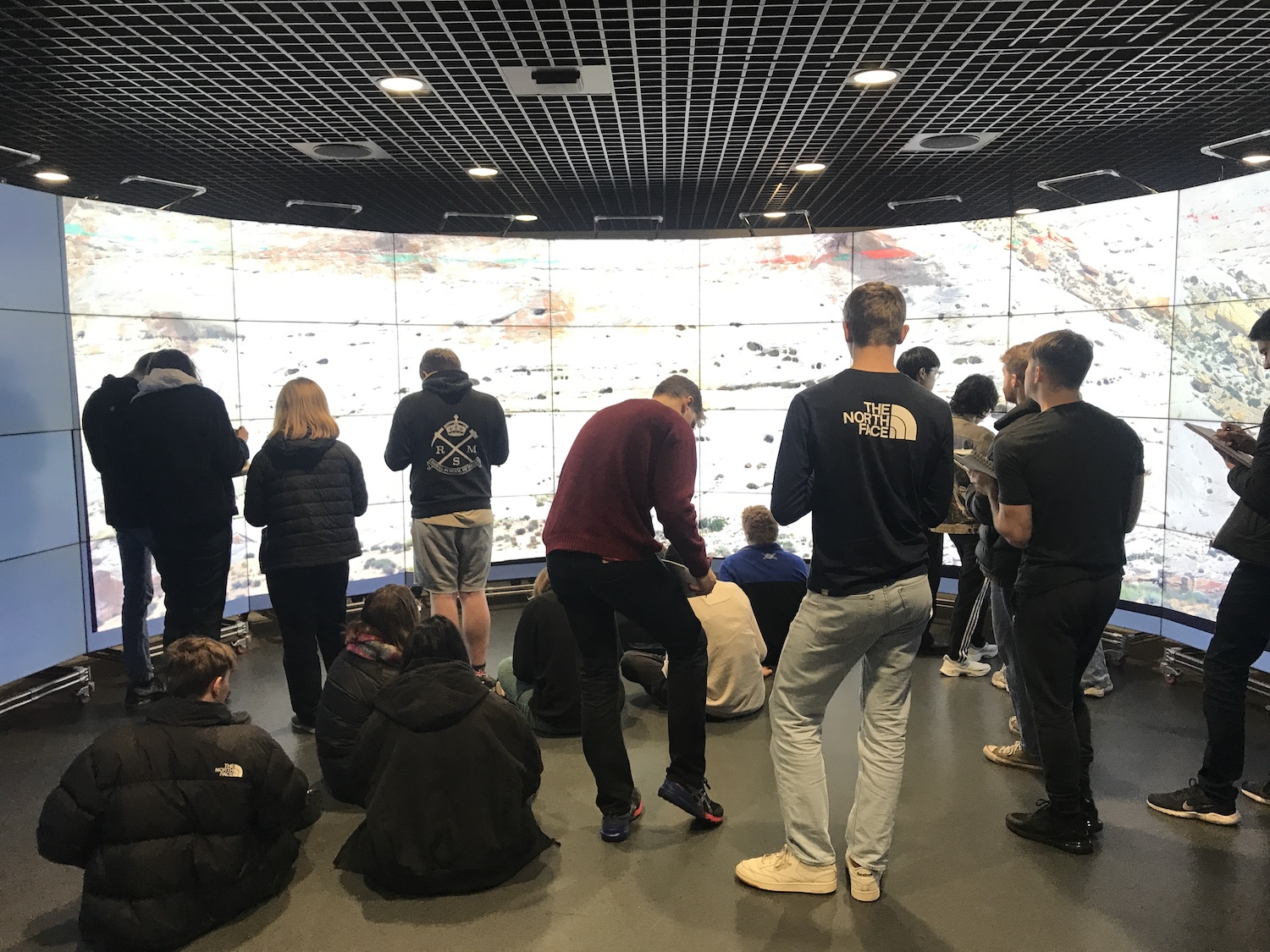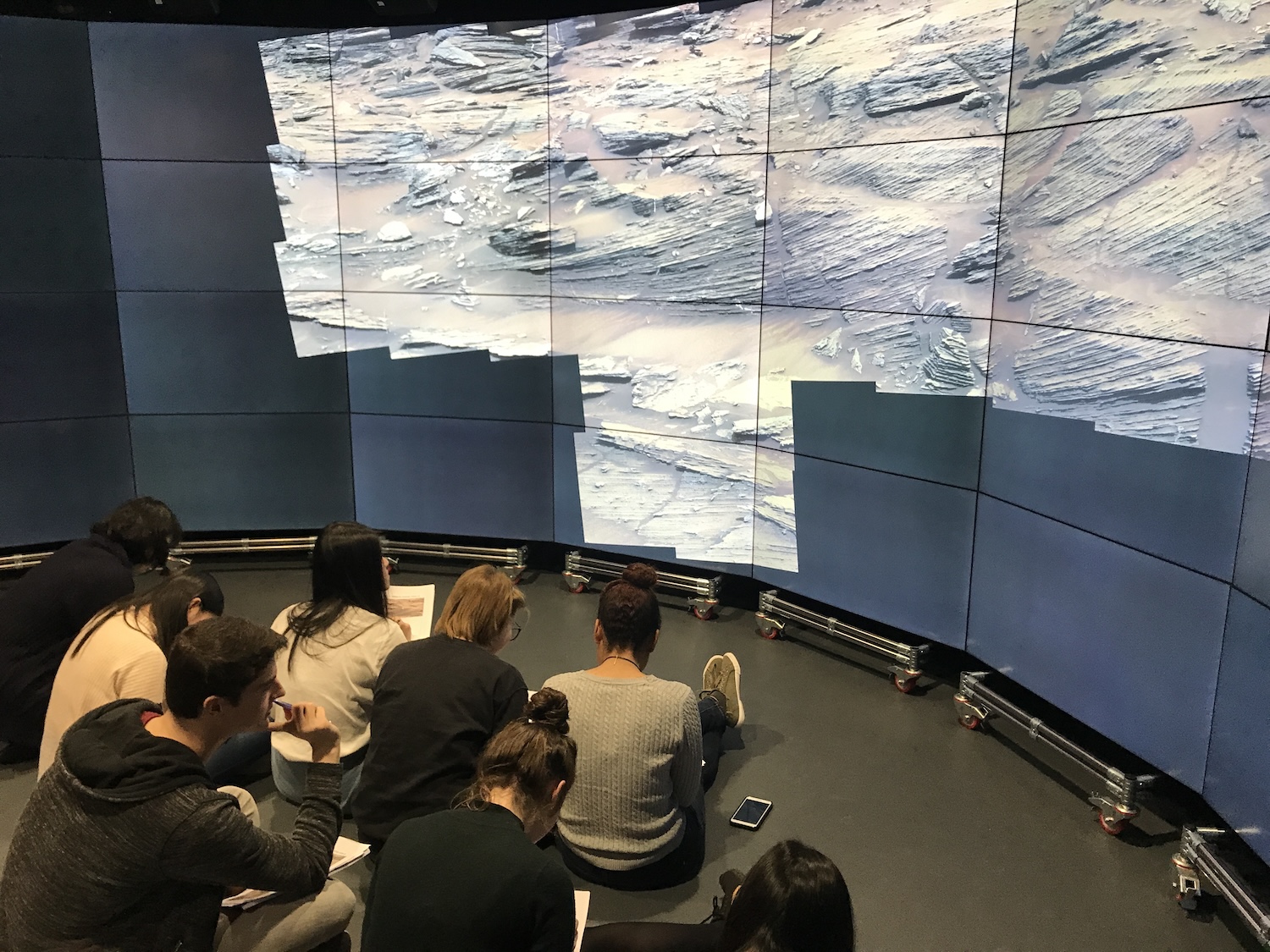In the era of climate change concerns, global pandemics, decreasing funding availability and increasing restrictions on travel, the issue of online access to events has become an important topic of discussion. The importance of online access is rarely disputed, with surveys taken during the COVID-19 pandemic demonstrating the substantial increase in diversity across factors such as geographical location, gender, race and sexual orientation. However, the online experience is still usually considered subpar compared to attending a physical venue, and hybrid events that combine both groups often struggle to offer online attendees the same level of experience as the in-person crowd. Part of the answer to this challenge may be found in the utilisation of 3D virtual spaces, which can add a far greater sense of presence to an event, and also offer experiences that are not achievable at a physical venue.
To explore the possibility for improving interactions between people online, we developed a virtual exhibit focussed on radio astronomy science and technology in the context of the CSIRO ASKAP radio telescope. As with many instruments in planetary science and astronomy, ASKAP consists of cutting-edge technology with a large physical footprint that cannot be transported to events for demonstrations. Moreover, the ASKAP site at Inyarrimanha Ilgari Bundara, the CSIRO Murchison Radio-astronomy Observatory, is located in a remote area with restricted access to protect the telescope from radio interference. Bringing visitors onto the site is therefore rarely possible, presenting a problem in common with remote observatories as to how to share the experiences of scientific investigation.
We demonstrated the virtual exhibit at a booth equipped with two virtual reality (VR) headsets at three primarily in-person scientific conferences: the 2023 Astronomical Society of Australia Annual Science Meeting in Sydney, Australia (ASA2023), the 2023 Asia Pacific Regional International Astronomical Union Meeting in Koriyama, Japan (APRIM2023) and the 2023 Union Radio-Scientifique Internationale General Assembly and Scientific Symposium in Sapporo, Japan (URSI2023). The aim was to showcase the capabilities of a virtual space in communicating science in an impactful and innovative way, and to demonstrate the strength of virtual platforms to connect and meet with people.
The virtual space was hosted on the VR social network platform, “Spatial”. Spatial can be accessed from the Meta Quest VR headset, computers, and smartphones, providing cross-platform access that allows nearly any person with an internet-ready device to join the space. Visitors joining from their computer can access Spatial from the web browser, further lowering the barrier for entry by not requiring a dedicated application to be installed.
 From the left: examining the PAF inside the virtual exhibit, stepping into the 360 degree view of the ASKAP site, at the in-person booth at the URSI conference (final image from CAPjournal, in press.)
From the left: examining the PAF inside the virtual exhibit, stepping into the 360 degree view of the ASKAP site, at the in-person booth at the URSI conference (final image from CAPjournal, in press.)
The virtual exhibit design resembled a museum, with several rooms containing exhibits with accompanying written and audio information. This was a design choice chosen to give a feeling of familiarity to visitors who may not have previously tried virtual reality. Walking through the exhibit, visitors could chat to one another or receive a guided tour from our team. Only one member of our team was physically on-site at the conference venue, with other team members joining from their home country to meet with exhibit visitors. This emphasised the huge advantage of virtual spaces in bringing people easily together, regardless of their physical location.
Visitors join the exhibit as an avatar, whose location within the virtual space allows for directional audio and audio fall-off. This enables a large group of people to potentially be in the space at the same time and easily hold simultaneous and overlapping conversations as in a physical event hall. Walking through the virtual exhibit moves you naturally between conversations, promoting interactions and networking.
The virtual exhibit included a number of displays that would either be very difficult or not possible in a physical exhibition space. These included animated models of the ASKAP radio antenna and a full-scale model of the Phased Array Feed (PAF) receiver that increases the antenna’s field of view by a factor of 36. Upon approaching the PAF, the receiver expands outwards to reveal the internal components, and a holographic animation of a CSIRO staff member appears next to the model and describes the now visible parts. Visitors could also step inside a 360-degree view of the ASKAP site, providing a view of the antennas as if they were a scientist visiting on location.
This year, we have extended on the initial project, developing an immersive multi-room virtual venue for online and hybrid conference applications. The venue includes galleries for displaying posters, interaction spaces, and exhibit halls, designed around providing familiar and personal experiences that will facilitate effective networking. The virtual venue is planned for use at three conferences to be held in 2024, including the Astronomical Society of Australia Annual Science Meeting and the International Astronomical Union General Assembly, and is intended to enable online participants, via a greater sense of presence, to engage more organically with meeting content and other attendees.
This contribution will present an overview of our experience with the design, construction and demonstration of the virtual exhibits and spaces, with an emphasis on the current technological readiness of virtual reality approaches to augment interactions such as those that take place in conferences and exhibit halls. It is our goal to emphasise that the creation of this kind of virtual experience is not limited to experts in technology, but can be realised similarly with a modest amount of technical expertise combined with readily available hardware. The use of VR for online events has the potential to bring an audience together to share experiences that have the social strengths of a physical location, but provide sights and opportunities that go “beyond being there”.
 From the left: examining the PAF inside the virtual exhibit, stepping into the 360 degree view of the ASKAP site, at the in-person booth at the URSI conference (final image from CAPjournal, in press.)
From the left: examining the PAF inside the virtual exhibit, stepping into the 360 degree view of the ASKAP site, at the in-person booth at the URSI conference (final image from CAPjournal, in press.)